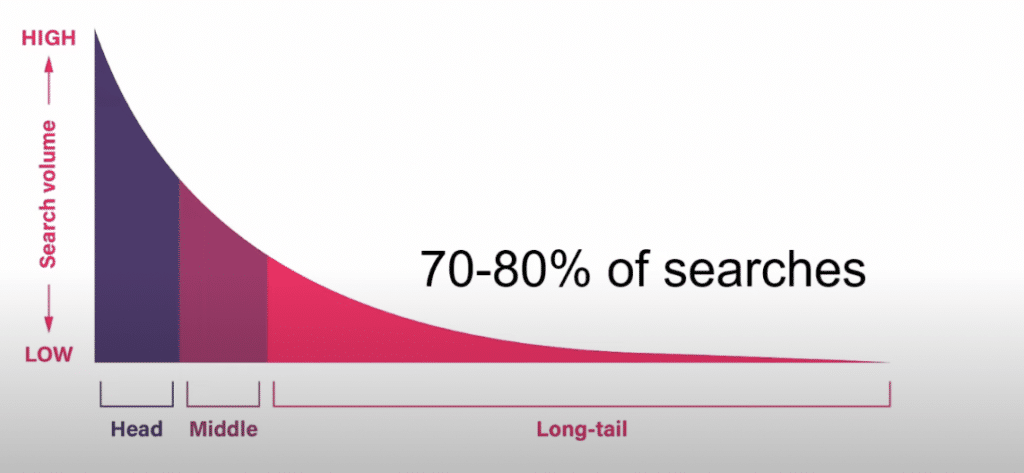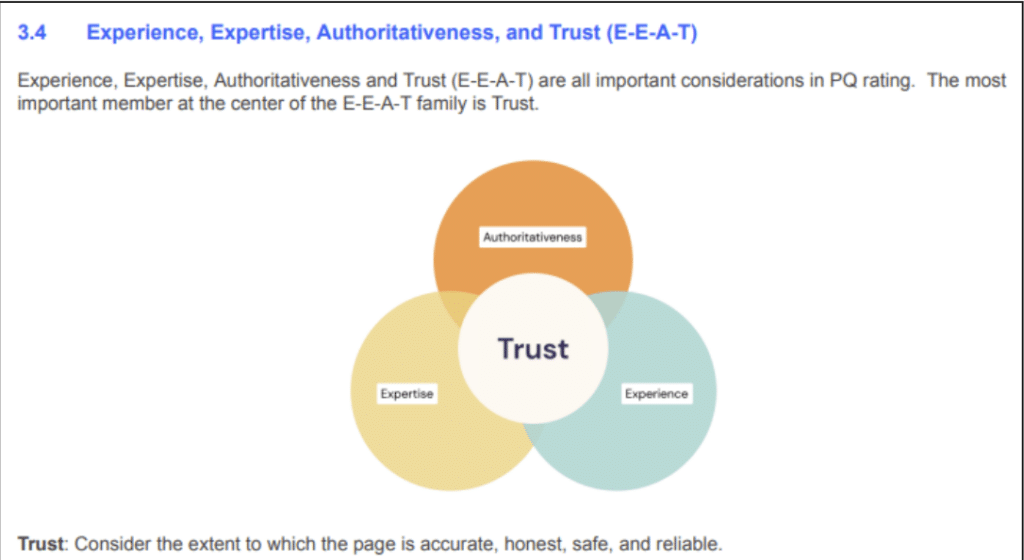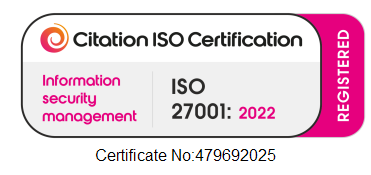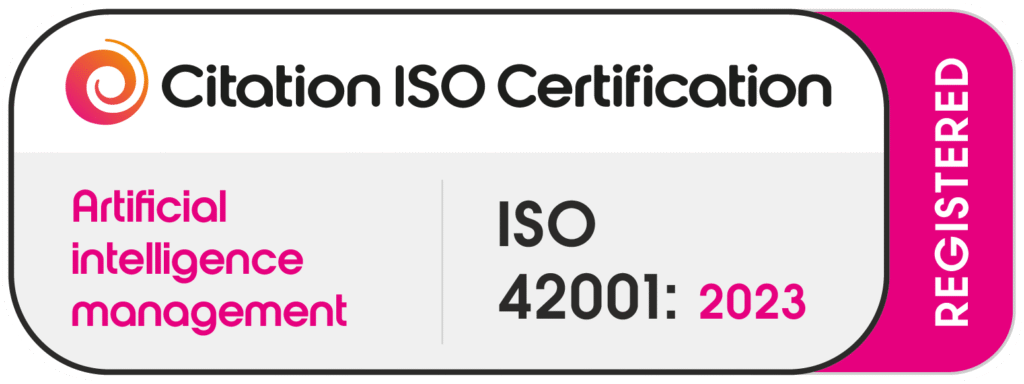Are you wondering why some websites rank in position 1 on Google while others fail to? Why do some blogs fade into the oblivion of page 20 (or even worse don’t rank at all!) Well, part of the reason is that ranking content is likely optimised for SEO. If you want to rank higher on SERPs (search engine results pages) you need to learn how to write an SEO-friendly blog post. Sounds easy right?
After all, everyone seems to be born a writer these days, and the internet is brimming with articles. But not everyone knows how best to optimise it in order to gain more visibility online!
You must have heard that old chestnut: write for people, not bots. When it comes to writing content for SEO, there’s so much more involved behind the scenes than what meets the eye. So let’s dive in…
In this post
How to Find Blog Post Ideas Using Keyword Research
To ensure the success of your online business, increase your visibility and attract meaningful traffic to your website, you must provide good quality content that is relevant and useful to your audience. First, you need to understand what your audience is interested in and which questions they seek answers to.
This is where your keyword research comes into place and helps you come up with new blog post ideas that will actually bring in traffic that converts to your website.
Where to begin? You need to choose an SEO tool software where you can get started with your keyword research. There are a ton of them out there, check our guide about the Top 10 SEO Tools for Digital Marketers in 2022 to help you decide.
The tools that are an absolute MUST for any digital marketer are:
- Google! – Just Google a few keywords that you want to rank for and see what Google thinks are related searches. It’s a simple way to come up with new topics and ideas, just check the section “related searches” or look at the SERP. Google also has a very useful related questions section that appears with some queries. Don’t forget to add these to your list! Remember, Google is ultimately made to answer questions, so adding questions and answers to your blog posts will help you raise your rankings.
- Answer the Public – this is a great tool that shows real search questions and visualises them in an image under 5 categories.
- Keyword Everywhere – this is a Chrome Extension which will provide you with some useful hints on every search you run on Google, such as related keywords, long-tail keywords and other queries that people make.
- SemRush – out of all of the tools we have tried (and believe us we tried most of them), SemRush is the best when it comes to digital marketing. You can use the tool to help with your SEO, advertising and social media. With a price tag starting at $99 per month for the pro package, it’s an affordable option even for smaller companies.
Let's Dive Into Keyword Research
If you will be using SemRush or any other SEO-specific tool out there you will need to get familiar with some key concepts. The three that are most relevant here are keyword difficulty, intent and traffic.
- Keyword Difficulty
What does keyword difficulty mean? Also known as “SEO difficulty” or “keyword competition” is the process of evaluating how difficult it is to rank in Google’s organic search results for a specific term. A keyword’s difficulty is based on a number of different factors, including domain authority, page authority and content quality.
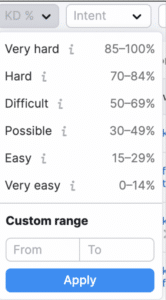
- Intent
Search intent is the reason why a person makes a search. If you are looking for ceremony dresses your intent is probably to buy one. Based on the reason behind the search, there are 4 types of intent:
- Informational. People are looking for specific information about a specific topic, or a specific answer.
- Navigational. It means that people are looking to visit a specific website. So be careful not to rank for a particular keyword that is actually also a website.
- Commercial. The user needs something and wants to make a purchase but is still unsure of which solution is right for them.
- Transactional. People with this intent are in buying mode. They are ready to make a purchase and they probably already know what to buy.
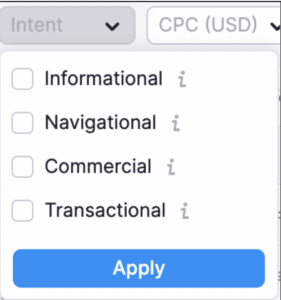
Be warned though, SemRush (and other tools!) often misunderstands the intent so be sure to check. In general, when deciding on the intent, it’s important to use your common sense and look at what Google think the intent is by simply looking at what ranks on page 1. Don’t just blindly trust your SEO tool!
Why does intent matter?
Intent in search engine optimisation is the most important element of your strategy as you need to make sure that your blog matches the user’s intent.
Let’s say you own a digital marketing agency (which we do!) and your target audience is Digital Marketing Managers. You could be tempted to try and rank for the keyword “digital marketing manager” to drive more leads to your website. After all, that’s your target audience so why would you not want them visiting your website? Well, the keyword might be relevant for you BUT the intent behind someone searching for it is wrong for lead generation. The search intent behind this keyword is job hunting, so unless you want to rank for it because you want to hire a new Digital Marketing Manager you would be driving traffic that won’t convert to customers.
- Traffic
The traffic or volume is the number of searches per month that a single keyword gets. It’s measured by MSV (monthly search volume).
Many tools will let you see an estimate of traffic for a particular keyword, but be warned none of them are 100% reliable. Also, it is often the accumulated power of zero-volume traffic keywords that are high intent that gives you the best traffic for your business. So don’t ignore those keywords that seemingly have no traffic.
Often what you will find when looking at zero-volume keywords is that they are long. You might have heard the terms long-tail and short-tail keywords.
- Long tail keywords = 4 or more words – targeted queries
- Short tail keywords = one to two words – broad topics
Between 70 – 80% of searches are actually in this long tail group which often has no volume. If you are ignoring them, you are missing out on a huge opportunity! So a rule of thumb intent is more important than volume!
How To Find Good Keywords For My Blog?
Now that you know the basics, let’s dive into keyword research!
Semrush is a great tool to use. In the Keyword Overview section, you can type in your keyword to get a list of related keywords. You can then use filters to sort question-based keywords, and organise keywords by word count, search volume, searcher intent, and other metrics.
This makes it easy to find the keywords that are most relevant to your business and the selected topic. You can create a specific keyword list that you can export for laser-focused market research.
For example, if we try this with the words ’blog post’:
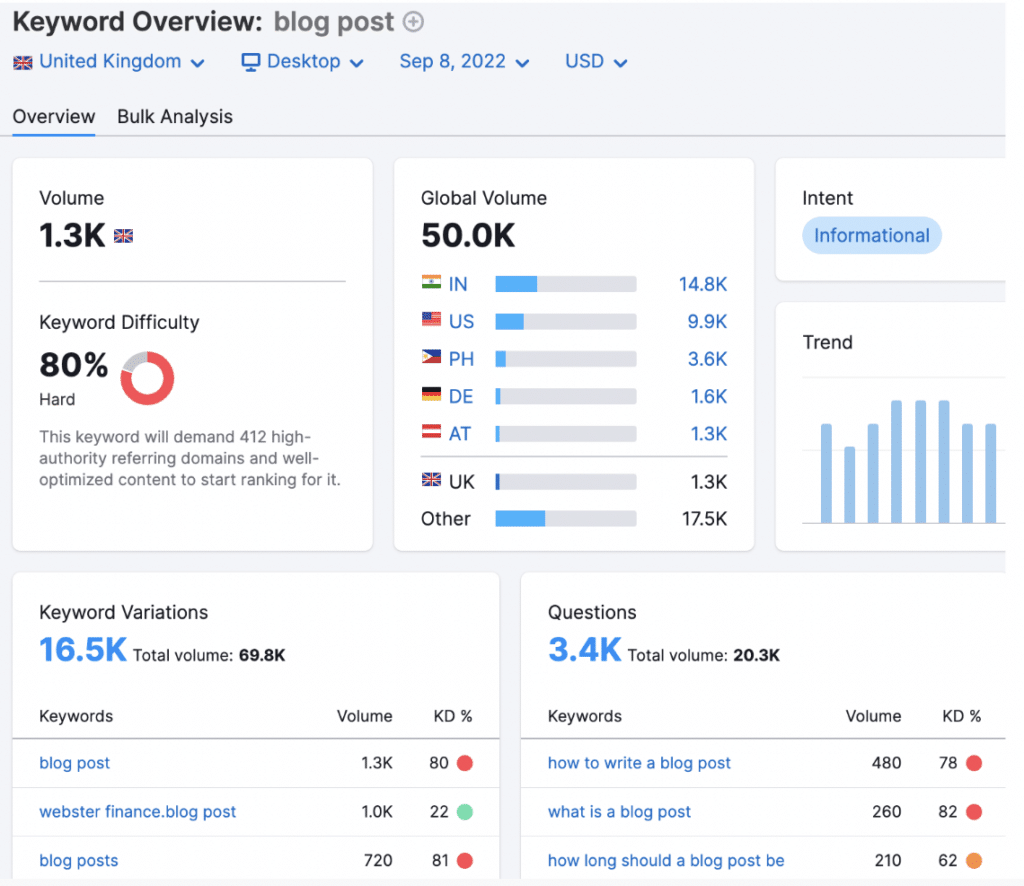
Definitely not! All those red points are no good. As you can see although the traffic for these keywords is great, the keyword difficulty is too high. Usually, you want to select keywords that have a KW difficulty between 1-40.
Let’s write something longer and more specific like “blog post SEO-friendly”. Another way to do this is to go into the Magic Tool section.
Here the KW difficulty is 0 so it should be easy to rank for this long-tail keyword and there is still some traffic: 40 searches per month.
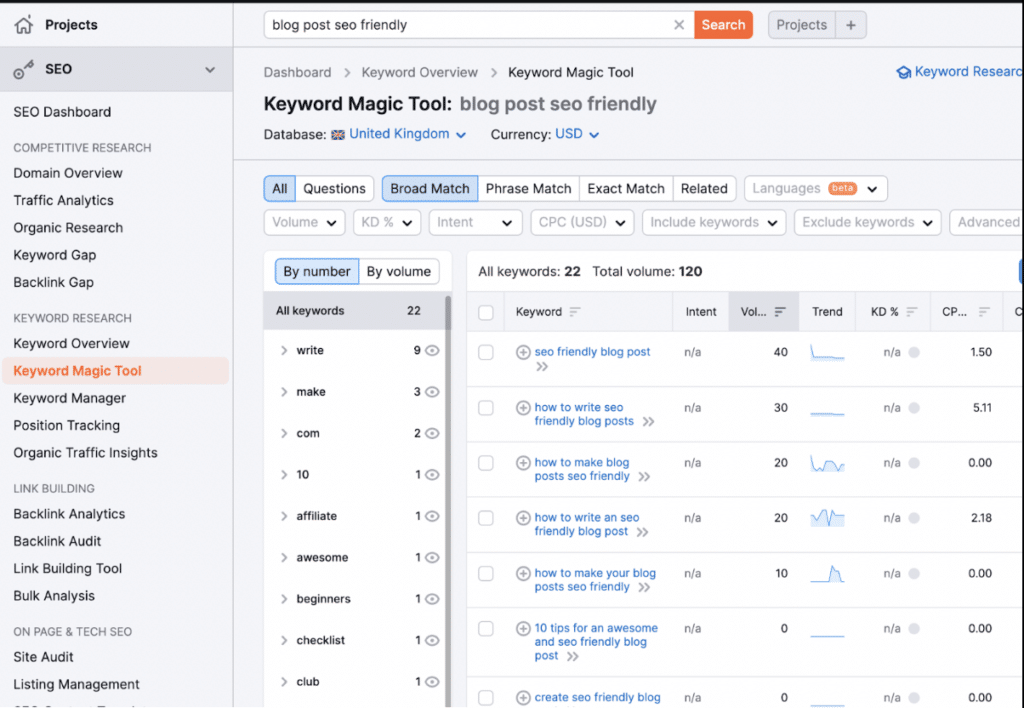
Once you have done the initial filtering on SemRush you are ready to export these keywords into a CSV and continue editing. We are then going to filter them per KW difficulty and traffic and use them throughout the text.
Let’s say it again for those at the back: Intent trumps volume!
As mentioned previously, a lot of agencies will simply ignore 0 volume keywords (let’s face it it’s easier to simply remove those than look at them closely!) which is a missed opportunity.
However, sometimes are these keywords the ones to get you the best leads, if the intent is good. In these cases, the intent volume is more useful than the search volume. Remember that Google is trying to answer people’s questions after all. So don’t let zero searches in keyword tools deter you from writing about a specific topic.
Although keyword tools often show 0 searches per month, this might not reflect the reality of searcher behaviours and preferences. Remember, according to studies, 70%-80% of all queries belong to the long-tail category that do not appear in these traditional research methods but have definitely some, small but relevant searches. In addition, according to Google, 15% of searches they see every day are new and not considered by any tool.
For example, if you search “buy blue running shoes UK” in any keyword tool, it will tell you that there are 0 searches per month. There might be 20 different ways of phrasing this query in a different way but all with the same intent. It’s likely that each of them has 10 searches per month which means that we are missing out on 200 searches per month.
So let’s focus not only on search volumes but also on the intent behind a query.
SEO Topics and Clustering
As the name itself suggests, topic clusters are content pieces on a website that all relate to a particular topic that is relevant to your business.
It is all about creating an interconnected web between related material so that users have access to helpful information regarding specific subjects from multiple viewpoints in one place.
By relating various elements that focus on one core topic you allow search engines like Google to better understand the hierarchy of your web pages and view them more favourably as reliable sources on specific topics.
It’s a way of grouping your content and making sure you are building EEAT – Experience, Expertise, Authoritativeness, and Trustworthiness the right way.
E-E-A-T is an acronym that you should know if you’re looking to make sure your website is ranking well with Google. It stands for experience, expertise, authoritativeness, and trustworthiness. These things make up the core of what Google looks at when assessing the quality of a webpage.
EXPERIENCE
Demonstrating first-hand experience on a topic has become even more important for Google. Google’s goal is to give its users the most relevant and reliable content that clearly demonstrates knowledge and experience about the product, information or service that they are looking for. For example, if you research a project management tool for your company, would you rather trust a review from someone who personally used that tool or from someone who didn’t?
EXPERTISE
Expertise means having a deep knowledge and understanding of a subject, that kind of knowledge that comes from experience or particular studies. Google recognises this and looks for content created by genuine experts. This is particularly important when it comes to health, money, or legal matters.
AUTHORITATIVENESS
It’s all about the respect and trust you earn from other experts in the industry. Reviews, references, recommendations by experts, and news articles – are some pieces of credible information to look out for when evaluating one’s reputation.
TRUSTWORTHINESS
Having a secure domain, transparent and accurate content and clear contact information are all ways to gain trustworthiness.
Topic Discovery
Below is an example of a topic discovery we carried out for one of our clients working in Fashion AI.
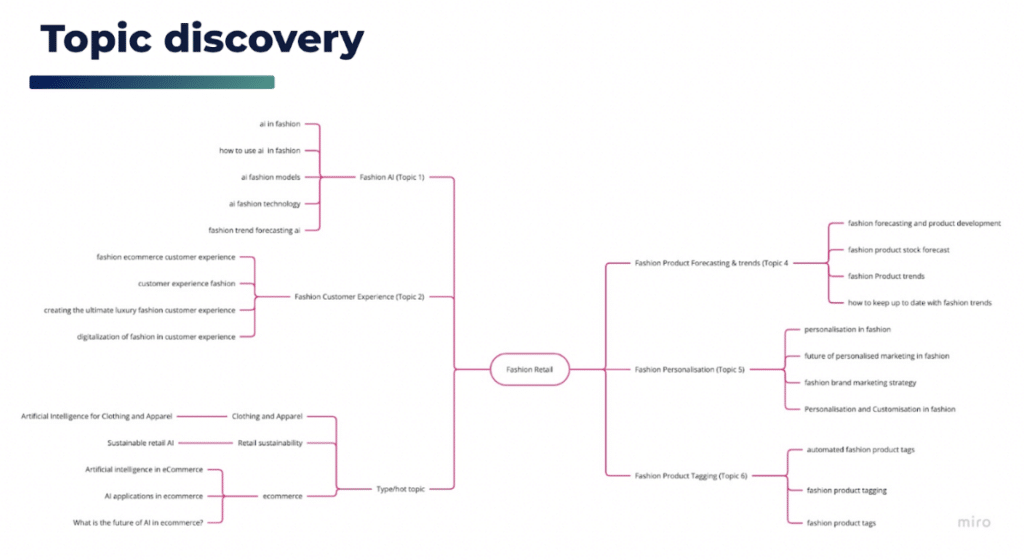
We explored the topic of AI fashion which is quite niche. If you are writing for a company operating in a niche market, you need to think wider. We looked at fashion as a general topic and how AI fits into this.
Our client were experts in fashion retail – they understand the industry in and out, so they will show Google they have topical authority in the space of Fashion AI by expanding into the wider topic.
We identified the core topic to be fashion retail with fashion customer experience, fashion forecasting etc to be hot topics with more subtopics. If you can’t find enough volume and KWs for a topic try to broaden it a bit and find other related topics that might be relevant to the business.
Once you have identified the topic you want to talk about, you need to find out the best keywords to rank for, under that topic. One thing to remember if using this strategy is to tag your keywords in your tool so you can report separately on the clusters.
Tagging is important for tracking as it allows you to segment the topics and track each one separately. This means that you can keep track of your rankings in a segmented way.
How to Optimise Your Blog Post For SEO
You’ve finally decided what to write about so it’s time to start generating ideas for the pieces that have the best keywords in them first: high intent, lots of keywords to target/or high volume and low difficulty.
Look at your groups and do some research on what other people are writing about and do it better! Show EEAT!
Pick the right title
There’s no doubt about it, optimising your title for SEO is extremely important. But how can you make sure you’re doing it right?
First of all, your title should be no longer than 60 characters as anything beyond that is usually cut off by search engines, so make sure you’re choosing your words carefully! It’s also important to make it interesting and catchy to grab the reader’s attention.
Struggling with inspiration?
Why not check one of these title generators to get started brainstorming some ideas:
Or simply check what positions are taken on page one on Google and create something that is better and more unique!
You need to include your keywords in the title and in your first paragraph because this shows search engines that your content is relevant to what people are searching for.
Give it a structure
Start with a catchy introduction that makes the reader want to find out more. Followed by the main topic and finally end with a conclusion that leaves the reader with some key takeaways.
Keyword Density
If you’re trying to optimise your website for search engines, another aspect to take into consideration is keyword density. This is the number of times a keyword appears in a piece of content relative to the number of words on that page. Divide the number of times a keyword is used on your page by the total number of words on the page and you’ll have your KW density.
So what is the ideal keyword density and why does it matter?
It’s important to nail keyword density because mentioning keywords too often, or too infrequently, will impact the ranking potential of that content in Google.
Some SEO-ers will probably tell you that is between 0.5% to 1% but we believe that the most essential thing is to repeat it at least a couple of times in your text. Don’t go in too hard with keyword density or Google will think you’re keyword stuffing. Remember that you are writing for humans, not search engines.
How long should a blog be?
Blog post length is something that many people wonder about when they are trying to optimize their blog content for search engines. You may think that no one will be interested in reading your article if it takes more than five minutes, but this just isn’t true!
The common wisdom is that longer blog posts are actually better. However, there is no hard and fast rule about the ideal length of blog post for SEO.
What you need to know is that, if you’re looking to make your blog post as SEO-friendly as possible, then you should aim for a length of at least 1000 words.
But don’t just add content for the sake of it. Blogs should not only drive traffic, they should drive RELEVANT traffic and conversions! This means that your content must be relevant to your target audience and should be quality content.
You can get some help from the content template tool. Semrush will tell you a recommended text length based on your keyword.
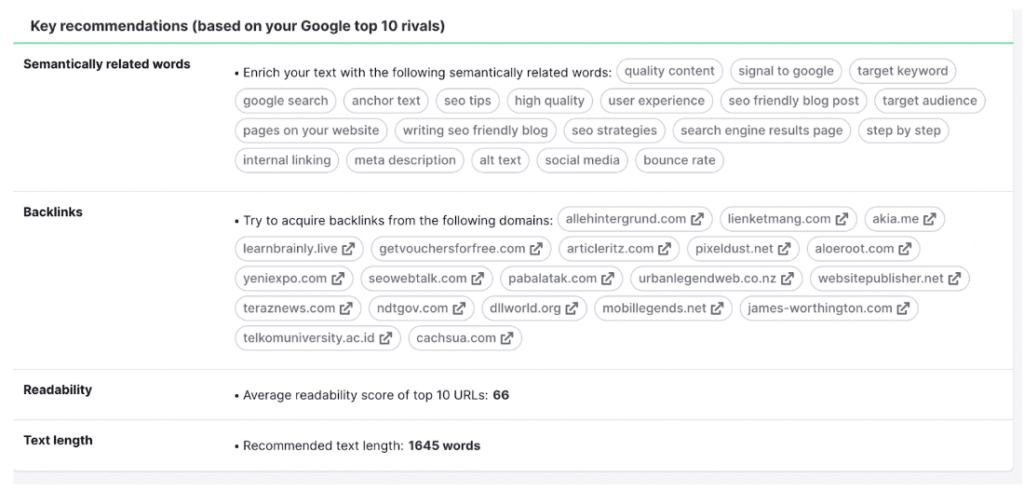
Again don’t get caught up in this! These are good general guidelines, not a call for you to spend hours tweaking your blog post to get the exact number of words in there!
Read More: How to use Headings for SEO
Optimise Your Headings
We talked about giving the right structure to your blog post, now it’s time to optimise your headings that are part of this structure.
Headings are basically the titles of your paragraphs, chapters or blog posts. They are important for giving the reader an idea about what your text will be about. They set up a tone and mood that can help guide them through reading, as well as make it easier to find specific points in each paragraph or chapter since they’re titled accordingly!
However, headers don’t help only the reader but they also help Google’s web crawlers understand your blog post and structure. So, your headers and subheaders should include high-intent keywords, those keywords that your target audience is using. The goal is always the same, ranking higher on the SERP.
Meta Tags and Meta Description
When we hear meta tags we always think about the meta description. Meta descriptions are those short one- to three-sentence (not more than 150 characters) explanations that appear underneath each title of a search result on Google. They summarise to the users what your page is about.
But does Google still use meta tags in 2023 to rank a website?
The answer to this is no, because they were overused by SEO professionals and marketers. So do you need to remove them from your website if you have them? Well, even though they will not be used to determine your website’s search ranking positions, removing them is not necessary!.
Meta descriptions might be used by Google in the snippet in the search results. So if you have a useful and catching meta description there is a good chance that Google will show it in the snippet, which is always better than random text taken from your page.
Ultimately, when you write an article based on a keyword, naturally, you will have that keyword in the meta description as you are summarising the topic of that article. Just don’t spend ages stuffing your meta description and try to fit the keywords at all costs, hoping that this will make you rank higher.
Optimised images and ALT text
Yes, images are important too! Not only do images help break up the text and make your post more visually appealing to readers, but they can also help you rank higher in search engine results pages.
Plus, they help the reader understand your content better.
So, how can you optimise your images for SEO? There are a few things you can do to make sure your images are actually helping rather than hindering your SEO efforts:
Try to add images once after every 250 – 500 words.
Include a keyword in the file names for your images. So for example, instead of naming your image “image1.jpg”, name it “Write an SEO-friendly blog post.jpg” or something similar that includes keywords related to your blog post topic.
You should also include keywords in the alternate text for your images. If you don’t include any alternate text, the default text will be the filename of the image, which isn’t very helpful for SEO.
Compress images for fast page load speed. Avoid uploading large images that slow down your page loading speed. Google rewards sites that load quickly.
Link building is crucial
How your internal linking structure works really impacts the ranking, all topics should be interlinked. You can include internal and external links. Internal links are links that link your post to other pages or posts on your website and help Google understand the internal structure of your website and its hierarchy. External links, also known as backlinks, are hyperlinks that point from one page to another on a different domain from the one it’s published. To put it simply, external links usually refer to links that are built on other sites and point back to your domain.
Remember...
Optimising your blog post for SEO can be a lot of work, but it’s worth it. By following the tips we’ve outlined in this blog post, you can make your blog posts more search engine friendly and improve your chances of ranking higher in SERPs.
The golden rule to keep in mind is to remember that you are writing for humans not search engines, so don’t get too obsessed with keyword stuffing and keyword counts. Find the right balance between quality content and technical tricks.
Have any questions about how to apply these principles? Get in touch – our SEO team is happy to help!

